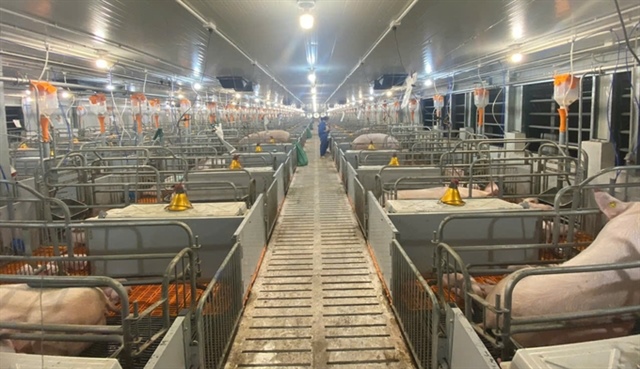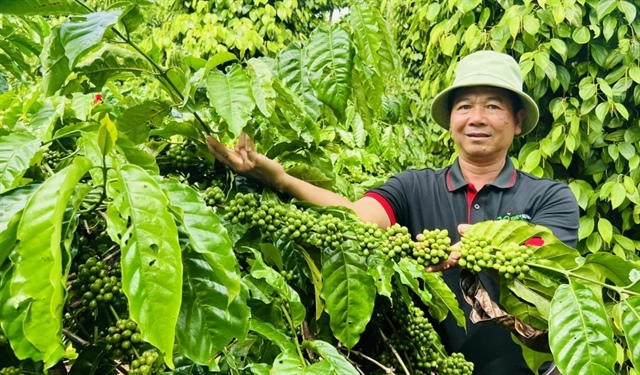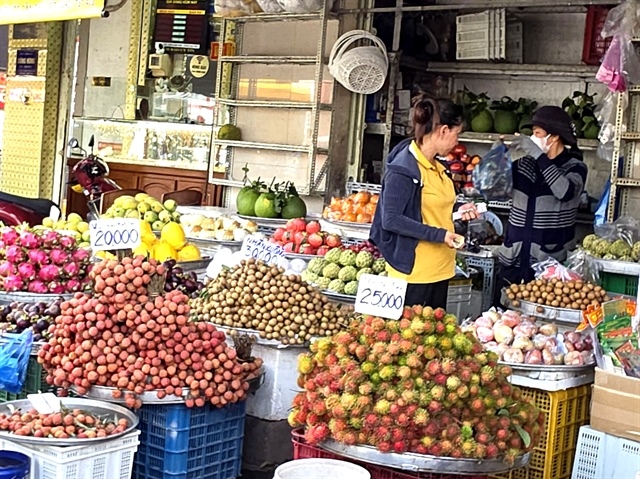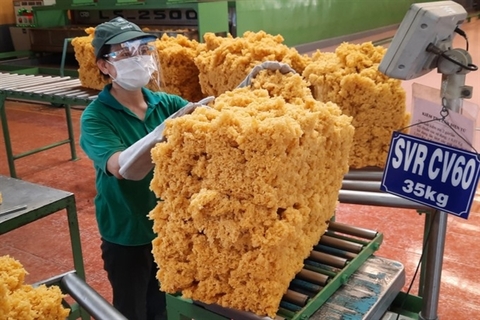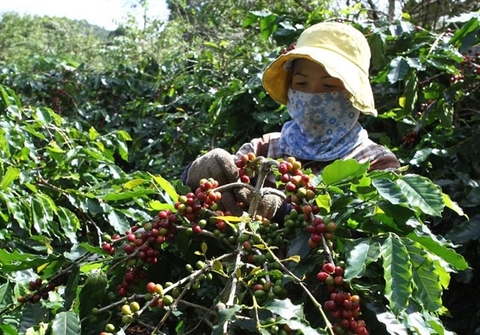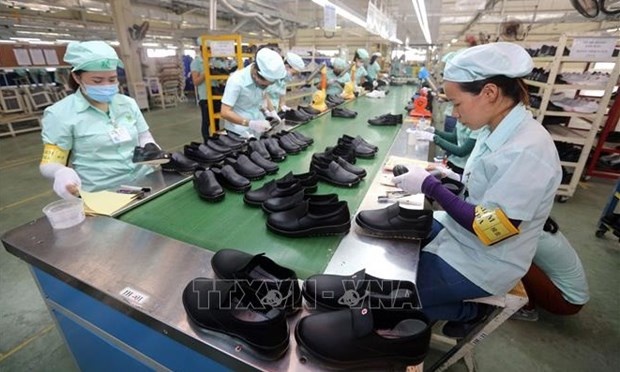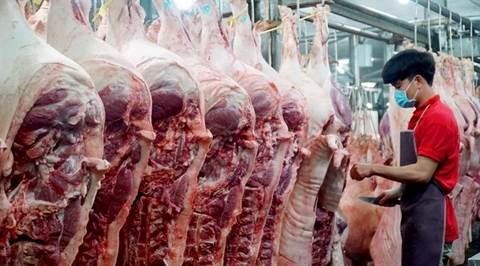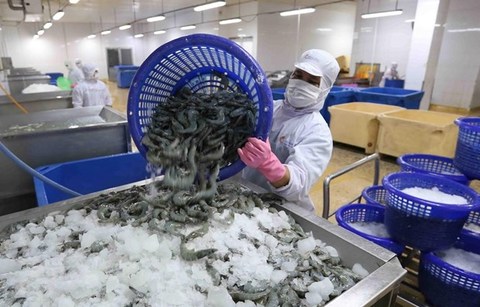Viet Nam expects US$1.7 billion in tra fish exports in 2022
Viet Nam expects US$1.7 billion in tra fish exports in 2022
Viet Nam's pangasius (tra fish) export turnover is forecast to reach US$1.7 billion this year, up 13 per cent year on year, according to the Viet Nam Association of Seafood Exporters and Producers (VASEP).
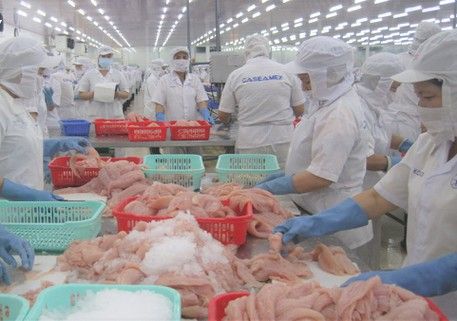
The pangasius export market is gradually brightening and is expected to recover this year with companies' adaptive efforts and the State supportive mechanisms, said VASEP general secretary Truong Dinh Hoe.
In 2021, the impact of the pandemic outbreak in the third quarter in Viet Nam caused many difficulties for tra fish production and export.
Hoe said that China was likely to still maintain the largest import market for Vietnamese pangasius in 2022. However, the exports to the market would continue to be affected by COVID-19 as China tightens the control of imported goods.
For the EU market, it will be difficult to have sudden growth in 2022 because it is still affected by the pandemic, according to Hoe.
Higher tra fish prices due to an increase in shipping freight would also affect exports to the market. European consumers consider pangasius a white fish with a cheap price and will not easily accept the price increase in pangasius.
The US market is also forecast to be stable in 2022 and unlikely to experience sudden growth like in 2021.
Other markets, such as Mexico, Brazil, Colombia, Russia and Egypt, are expected to recover with strong growth this year. They may partially offset the decline of China and EU markets.
This forecast is based on the results of pangasius exports in 2021 with double-digit growth rates between 44 per cent and 84 per cent for those markets.
However, the pangasius export is forecast to face many difficulties this year. Of which, the prices of feed and fingerlings remain high, leading to a significant increase in the cost of farming pangasius.
Other difficulties come from market factors, transportation charges and measures on controlling COVID-19.
The increase in transport freight is putting great pressure on the export of key seafood products, including pangasius products.
In addition, China is opening the door for Cambodian exports of the fish. This will partly affect Vietnamese pangasius exports to the market.
The solutions for developing pangasius production in 2022 include a flexible response to COVID-19 to maintain production, and improving quality to meet the strict demands of export markets.
To restore the pangasius industry, Deputy Minister of Agriculture and Rural Development Phung Duc Tien has suggested the Directorate of Fisheries coordinate with localities and businesses to have market forecasts, avoiding the situation of a bumper crop creating a low price.
He also proposed expanding the export market for Vietnamese pangasius to diversify products and facilitate consumption. It is also necessary to pay attention to the domestic market.
Deputy Minister Tien has suggested Mekong Delta provinces maintain support for tra fish production affected by COVID-19, such as electricity price reductions, tax cuts and support in capital and loan interest rates.
Departments of agriculture and rural development of the Mekong Delta provinces must support businesses and farmers in maintaining production of fingerlings and feed, aquaculture and processing, and ensuring the pangasius production chain with control of food safety.
Pangasius associations, businesses, and production and business facilities need to develop scenarios on responding to the epidemic, build brands for tra fish products, and promote e-commerce transactions.
Despite many difficulties due to the pandemic, VASEP said that Viet Nam's pangasius export turnover for 2021 was estimated at $1.54 billion, up 3 per cent year on year.
The good result was due to recovery in pangasius demand in some major markets. Of which, China market accounted for 28 per cent of exports.
In the third and fourth quarters of 2021, the US also increased its imports of pangasius from Viet Nam by nearly 50 per cent, offsetting a significant decrease in some other markets.


